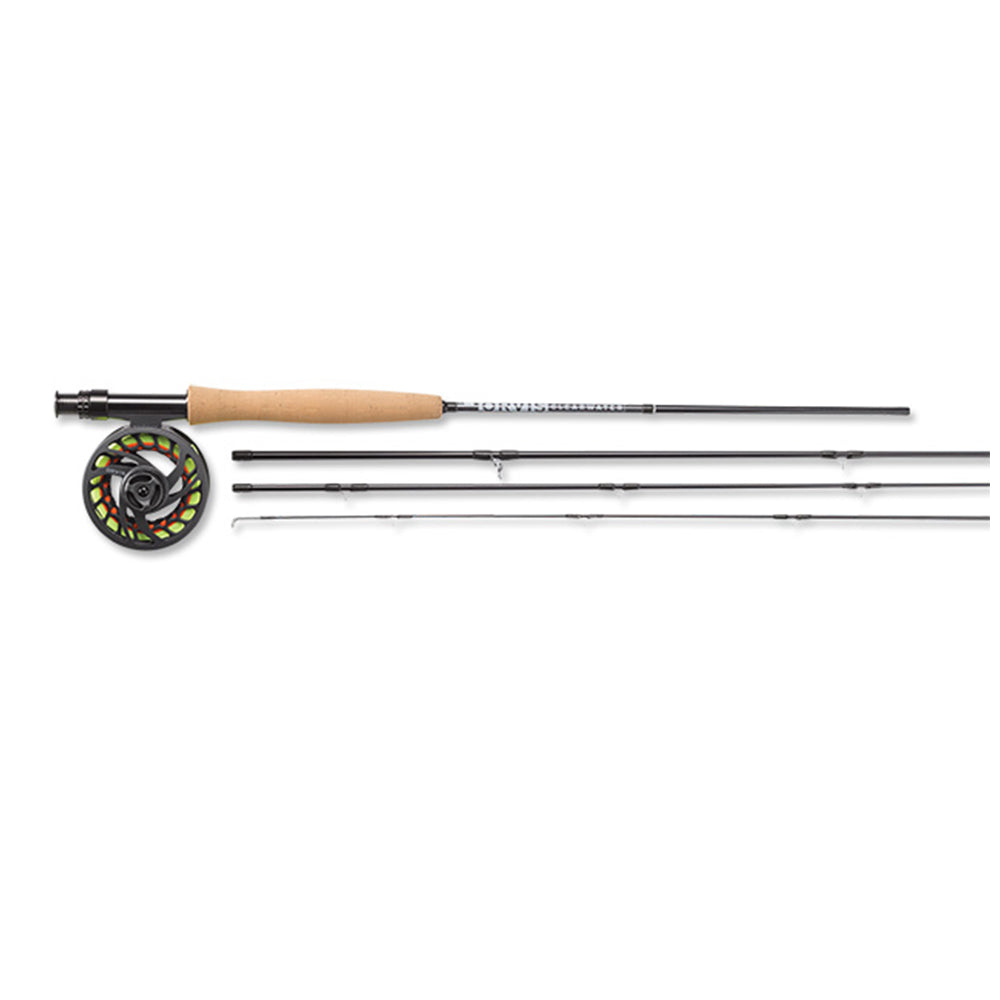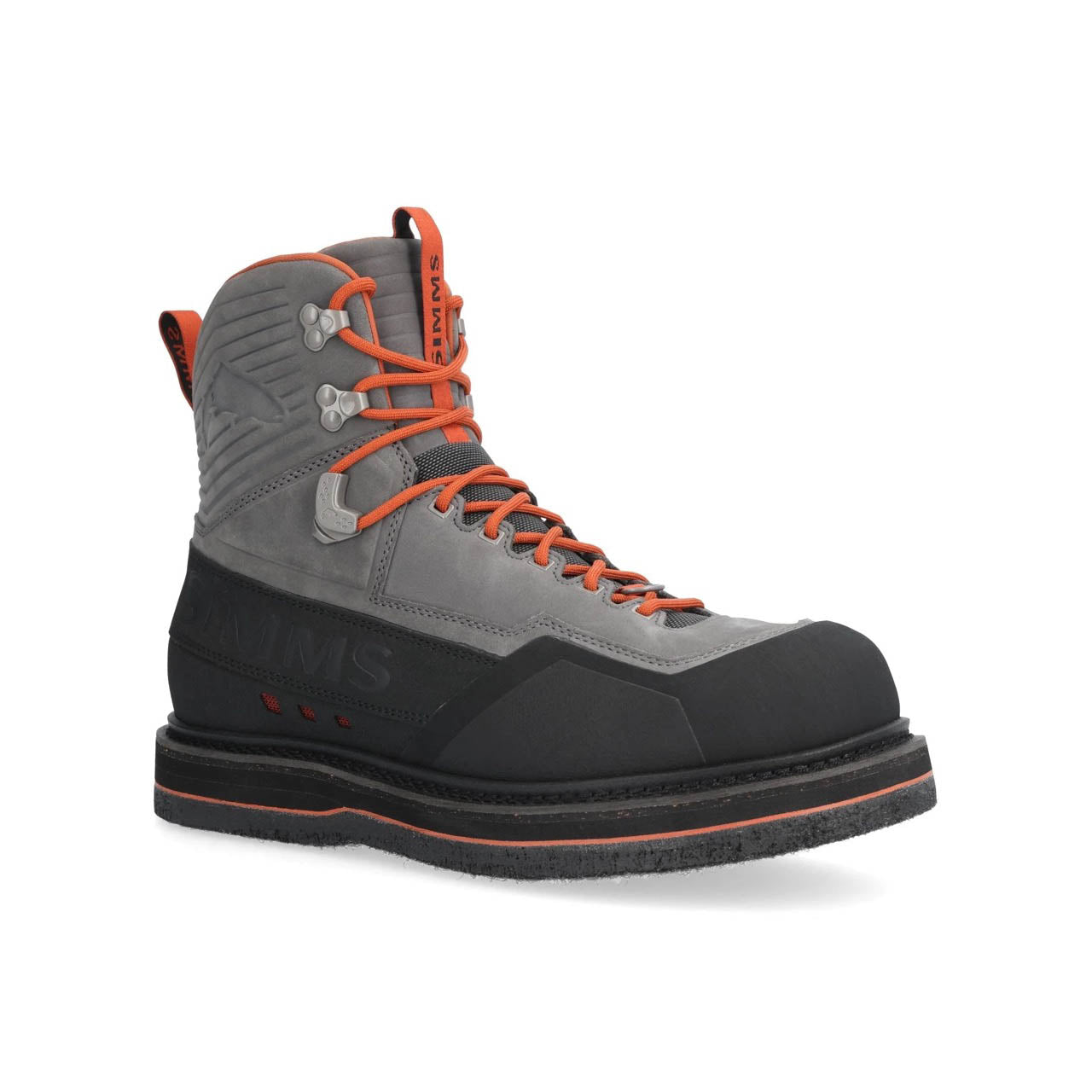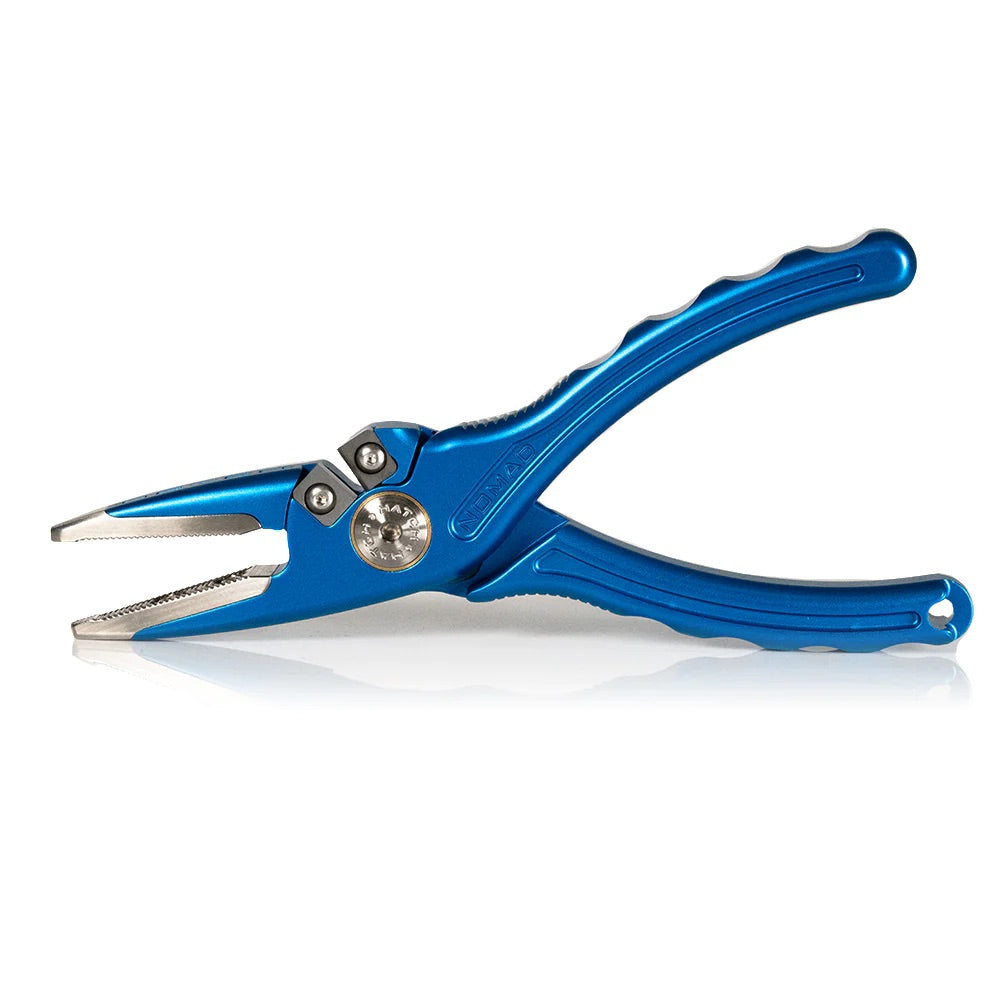Jon Baiocchi Reports on 3.10.2020
Fishing still remains to be good on the Lower Yuba River, and spring has sprung with more wildflowers out, and new birds returning to the region. The cliff swallows are back, and I saw my first Osprey yesterday circling above the river looking for a vulnerable rainbow to snatch up. Songbirds and warblers are making an appearance as well. I love watching the birds and how they interact with the current conditions for food sources, like the hermit thrush patiently waiting on the cobblestones next to the bank anticipating a Skwala snack. They’re not dumb.

It was nice to see some light and steady rain grace the land this past weekend, just enough to keep the dust down and recharge the green colors of the foothills. We had nearly a half inch of precipitation fall in Nevada City for the last 48 hours. Not nearly enough, but we’ll take. The flows out of Englebright dam remain stable, and Deer creek barely bumped up during the storm so no new color was added to the system. Currently the combined flows are running between 970 and 980 cubes. From Yuba Water Agency’s website “Current snow survey data and long-range forecasts indicate dry conditions. For water conservation purposes, releases from Englebright Reservoir have been decreased to maintain Lower Yuba flows above the required minimum flow of 788 cfs. If weather conditions change, adjustments to flows will be re-evaluated.” Fishing pressure has diminished a little and there were very few anglers out this past weekend compared to the weekends of the past month, yet last Tuesday there were 10 vehicles on the north side of the Hwy 20 Bridge. Go figure, it must be the weather.

As for the aquatics, there is still a ton of Skwalas out, and as I’ve said before I’m seeing more spent adults. When it comes to Skwala activity, it all depends on the warmth of that particular day. Yesterday it was cooler and there were not as many adults running around the cobbles like last Tuesday and Wednesday. I flipped rocks along the shoreline and sure enough I found a little over a dozen in a few minutes as they were seeking shelter and waiting for some solar radiation to heat things up. I’m seeing more March Brown mayflies (Rhithrogena morrisoni) during the middle of the day, the same PMDs (Emphemerella infrequens) too with the pinkish abdomen and the orange thorax. Many factors such as diet or natural selection may influence the coloration of mayfly species. The Yuba river streambed having a slight reddishpink coloration due to the type of algae coating the cobblestones, impart to the nymphs, and in turn the duns a pale pink staining. There are some Pink Alberts (epeoris) in the mix as well and also some BWOs (Baetis) which were more prolific over the weekend with the rain and cloudy conditions. On our float yesterday I saw those rusty PMD spinners near the Aquarium section again around 10am, yet this time nobody was eating them. I’ve also noticed an increase of multiple species of caddis out and have definitely witnessed fish eating them here and there while the females are returning to oviposit on the water’s surface. I have not seen any Brown Duns (Amelitus) in the last week and no new shucks on the rocks, but I’m sure there is still a few around. Yeah, lots of aquatics in the mix for sure with a daily and constant dose of midges that is so prolific within a tailwater system. It’s fascinating when drifting on the river for miles how each riffle and run has different hatches, especially when it comes to the mayflies. It has made me realize that a basic fishing report is kind of obsolete. You got to be there in “real time” to see just what is happening as every hour is different, as well as the day.
There are many new trout/steelhead redds that have been constructed in the last week with visible fish on them. Please do not interfere with them by fishing, and be extra careful while wading around the redds. Though flow regimes and loss of habitat is the main culprit for low populations of trout and steelhead in the river, wading through the redds and crushing eggs and alevins doesn’t help either. Please be aware, and help educate those who are new to fly fishing about spawning beds.
My guests and I are still not nymphing so I will have to recommend those indo rigs from the last report when I drifted with Brian Clemens. Big and little rubber leg stones, baetis nymphs, zebra midges, red copper johns, Hogan’s flies (S&M’s, Red Headed Step Child, Military Mays), and JuJubees. As for dry flies, just carry different emergers and adult mayfly patterns for the species listed above. The Unit Skwala tied in my own personal way is still crushing fish, especially those that see less pressure, or are in the rougher crap water most anglers just walk on by. 11am to 4pm on most days are the magic hours to be head hunting with fly first presentations. Oh, and btw – 5X makes a big difference when it comes to receiving eats on the Skwala dry, but you got to be careful on the hook set or you’ll pop the fly off.
Looks like it will warm up again and dry out heading into Friday where there is a chance of another small storm which will move down from the north this coming weekend. Colder air is the easier part of the forecast, though the exact track of the system and snowfall amounts are harder to evaluate this far out. We should see this system move in Saturday into Sunday. For the fantasy range forecast, the models keep the trough over the West with negative height anomalies over CA through the 3rd week of March. That would keep the door open to more systems dropping into CA from the north/northwest. That could bring us another weather system for early the week of the 16th, and possibly another system later that week into the 24th. No Bid Daddy storms looking ominous on the horizon, but we’ll take any kind of precipitation at this point. So many fisheries and watersheds all over the state are producing right now. Get some while the getting is good! See you among the cobblestones of the Lower Yuba River…





























Leave a comment
All comments are moderated before being published.
This site is protected by hCaptcha and the hCaptcha Privacy Policy and Terms of Service apply.